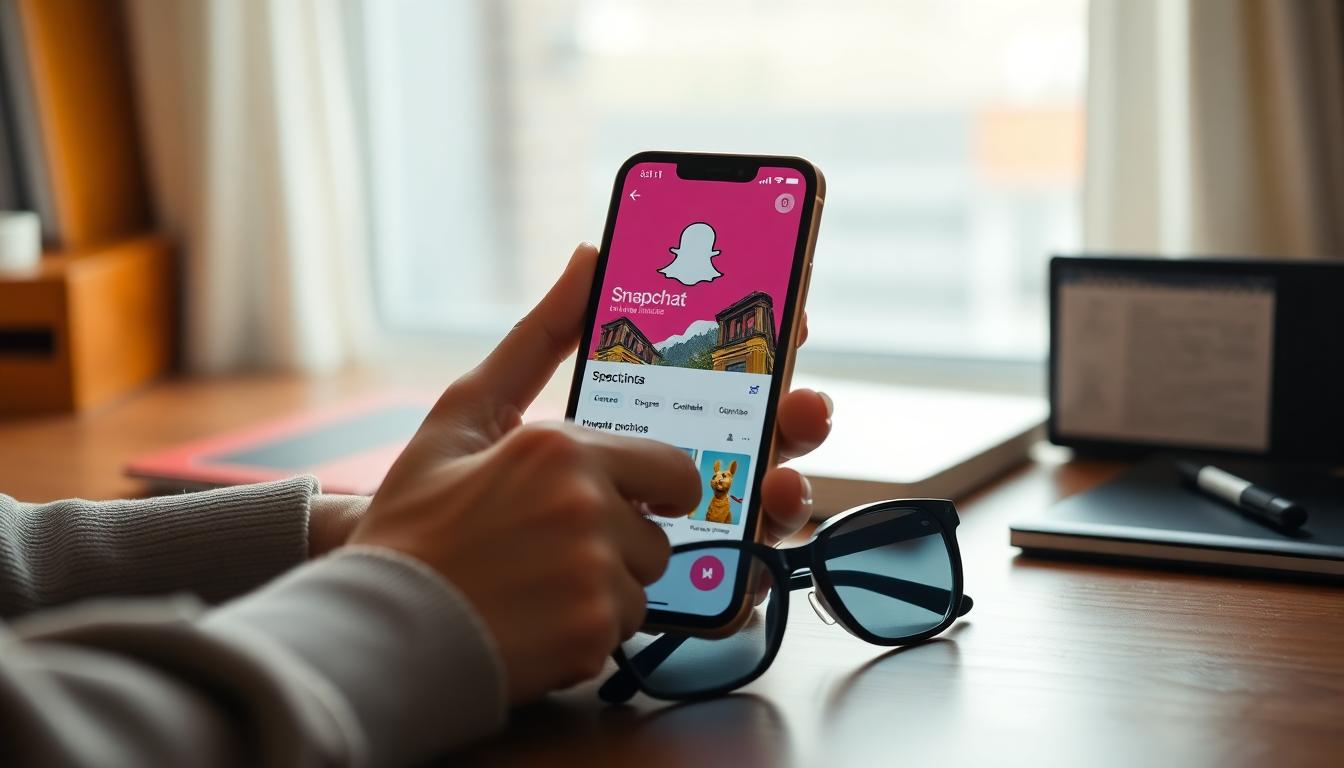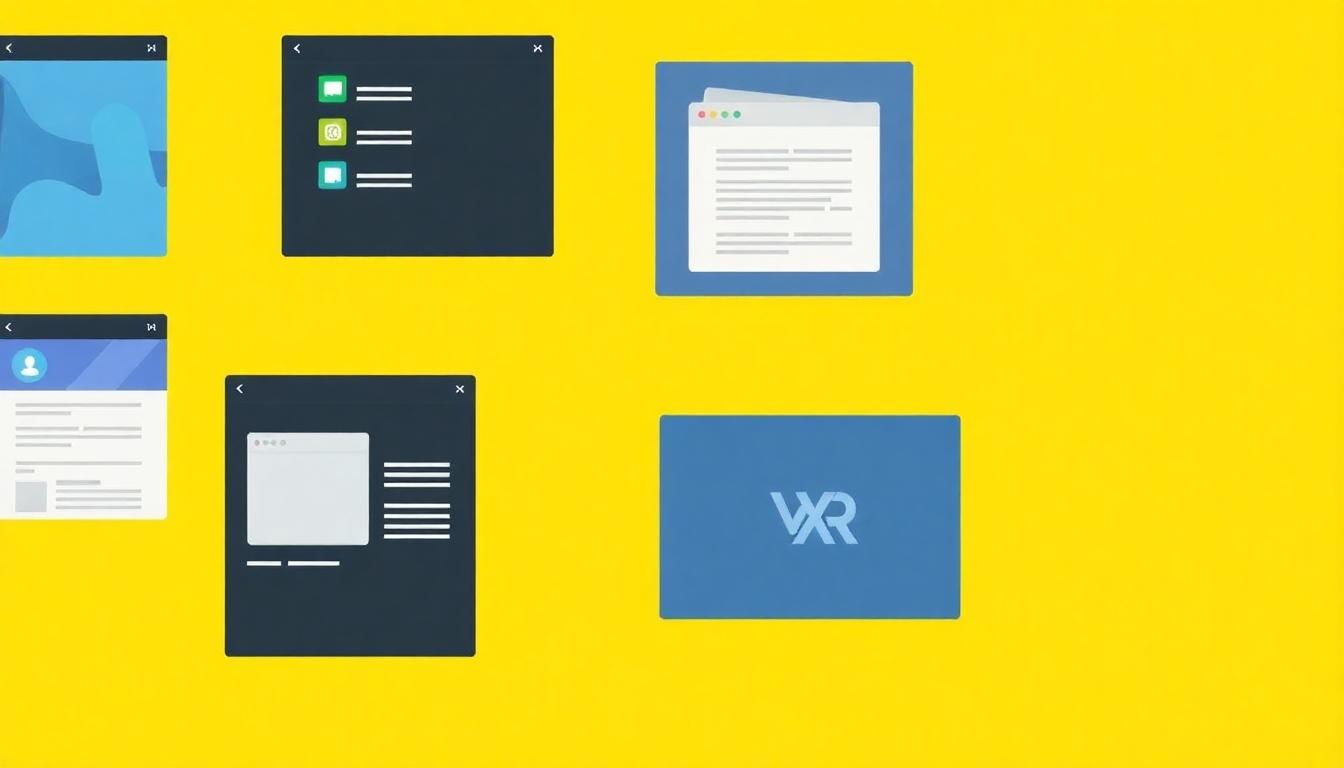Snap shares climbed after the company unveiled Snap OS 2.0 and new Spectacles updates that blend AI, AR, and a more capable system experience.
Snap had a strong session as investors reacted to product news around its augmented reality hardware and software. The company’s latest update, Snap OS 2.0, introduces practical upgrades aimed at making Spectacles feel less like a demo device and more like a daily tool. With a refreshed system experience, improved browser access, home screen widgets, bookmarks, and early support for WebXR, Snap is taking a more deliberate step toward useful AR.
Why the market reacted
Wall Street often looks for signs that consumer tech companies can turn buzz into utility. Snap’s announcement checks that box. Spectacles have long been a forward-looking bet, but they needed an OS that helps users do simple things fast: glanceable info, quick navigation, easy content capture, and access to the open web. Snap OS 2.0 leans into that, while hinting at a broader AI + AR roadmap.
On the day of the announcement, Snap’s stock closed higher, outpacing several social media peers. Gains like this often reflect confidence that product velocity could translate into stronger engagement, clearer monetization paths, or both. The near-term story is about user experience. The longer-term story is about a platform that can host apps, creators, and commerce.
What’s new in Snap OS 2.0
- Redesigned browser: A lighter, quicker way to access web content without pulling out your phone. For AR wearables, friction-free browsing matters.
- Home screen widgets: Glanceable tiles for frequently used features. Think weather, messages, camera modes, and creator tools.
- Bookmarks: Save links and experiences so you can jump back in fast, right from Spectacles.
- WebXR support: A big step toward open, web-based AR. It expands what Spectacles can do beyond proprietary apps.

How Spectacles could evolve from demo to daily
All-day wearables need three things: comfort, useful software, and reasons to return. Snap has worked on the hardware and optics for years, but the missing link was a lean OS built for quick interactions. By focusing on widgets, bookmarks, and a simpler browser, Snap is turning Spectacles into a device that respects time and attention.
Creators stand to benefit first. Faster capture, easier access to creative tools, and more ways to layer effects or context onto content should reduce friction. If Spectacles help creators produce unique shots and AR-native moments, the rest of the community follows.
What this means for creators and brands
- New canvas for storytelling: WebXR and the browser open the door to lightweight AR experiences that can be shared and discovered more easily.
- Faster capture-to-publish: Less device switching means more spontaneous content and higher posting frequency.
- Interactive campaigns: Brands can test shoppable AR, geofenced effects, and event activations that live on the open web, not just inside one app.
- Data and iteration: A smoother system experience should yield cleaner engagement signals, which helps creators refine ideas quickly.

Competitive context
AR is moving from hype to habits. Meta continues to invest in mixed reality and smart glasses. Apple is seeding high-end spatial computing with its headset. Smaller players are iterating on niche use cases. Snap’s angle is consumer-friendly AR for everyday moments. That means fast interactions, strong camera features, and creativity-first tools, not heavy productivity software.
If Snap can sustain a steady cadence of OS updates, developer support, and creator programs, it can carve out a durable role. WebXR support is notable, because open standards often accelerate experimentation. The more low-friction AR experiences creators can build and share, the more likely users will try them and come back.
Monetization outlook
Snap makes money through ads, AR experiences, and commerce tie-ins. Better system-level features increase the surface area for engagement; more engagement typically leads to higher ad opportunities and new formats. Expect Snap to test AR try-ons, location-based effects, and sponsored lenses that are easier to discover from Spectacles and the mobile app.
There is also a long-term path around creator tools, premium effects, and performance-based campaigns. If Snap can show that AR-native content drives measurable outcomes, brands will allocate budget. The key is proving utility with lightweight, repeatable experiences.
Risks to watch
- Ad market volatility: If brand budgets tighten, growth could slow even with product wins.
- Hardware adoption: Spectacles need comfort, battery life, and price points that appeal beyond early adopters.
- Ecosystem pull: Competing platforms may lure creators with richer monetization or larger audiences.
- Privacy and safety: Wearables always raise questions about where and how they are used.
What to watch next
- Developer momentum: More WebXR demos, tools, and templates appearing in the wild.
- Creator case studies: Examples showing higher engagement or revenue from AR-native content.
- OS velocity: Regular Snap OS 2.x updates with quality-of-life improvements and new APIs.
- Retail and events: Brand activations that prove AR can be useful and fun, not just a stunt.

Snap OS 2.0 makes Spectacles more practical. That matters. In AR, small, fast interactions beat big, clunky demos. If Snap keeps the updates coming, supports WebXR builders, and shows creators a path to consistent results, Spectacles can earn a place in everyday creative workflows. The stock’s pop reflects that hope. Now Snap needs to convert excitement into habit, and habit into growth.
To contact us click Here .

